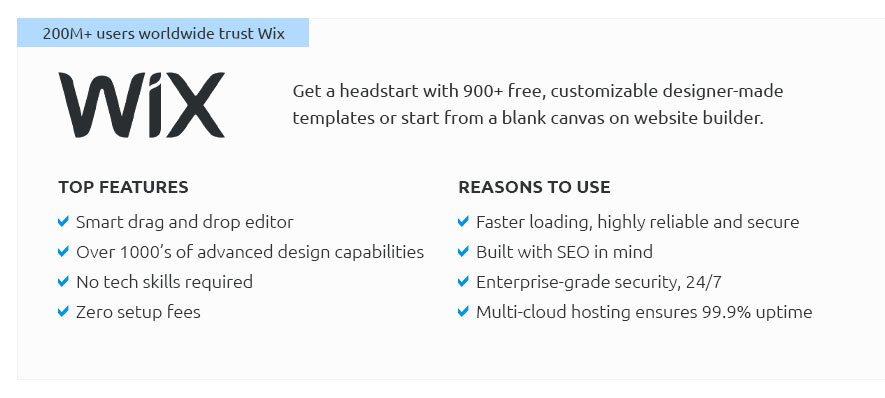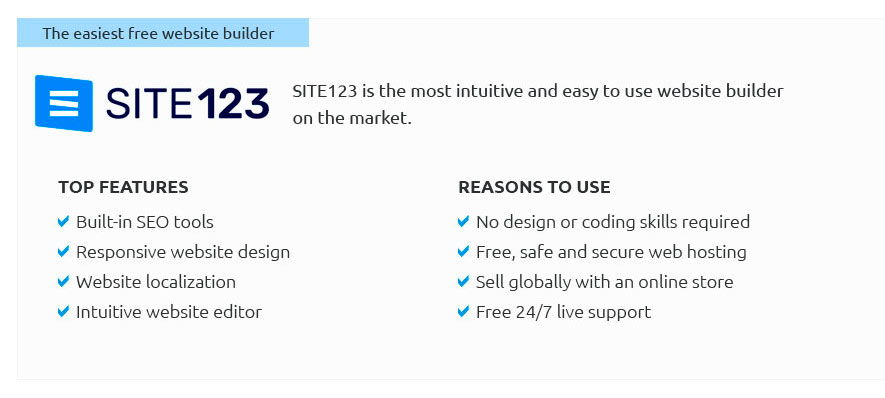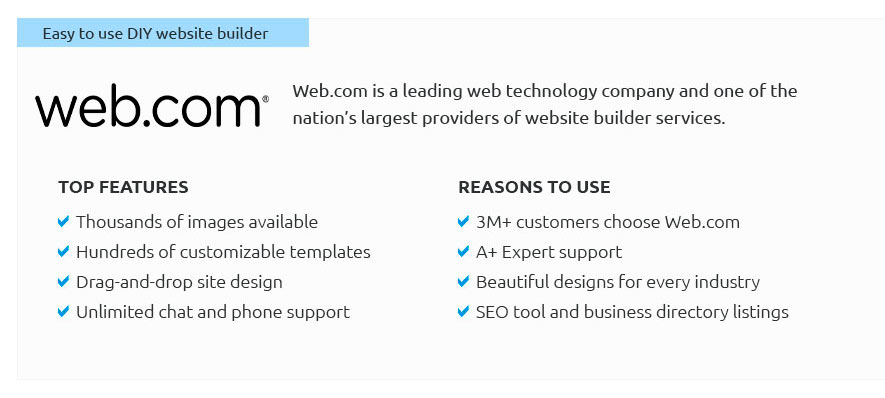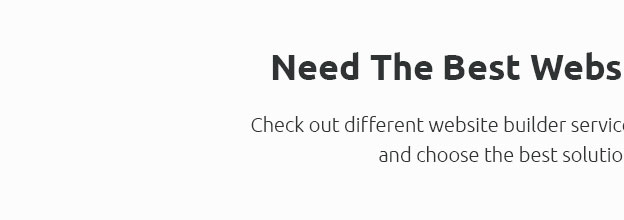 |
 |
 |
 |
|
 |
 |
 |
|
 |
|
 |
 |
|
 |
|
 |
|
 |
 |
How to Make a New Website: A Comprehensive GuideEmbarking on the journey of creating a new website can be both an exciting and daunting endeavor. The digital landscape is vast, and the tools available are numerous, making it essential to understand the fundamental steps involved in bringing a website to life. This guide aims to provide a detailed overview of the process, highlighting the pros and cons of various approaches to help you make informed decisions. First and foremost, one must identify the purpose of the website. Is it for personal use, a business venture, or perhaps a creative portfolio? This initial step is crucial as it sets the tone for everything that follows, from design elements to content strategy. Websites with a clear purpose tend to be more successful in achieving their goals. Once the purpose is established, the next step is to choose a domain name. This is a critical decision as the domain name is often the first impression visitors will have of your site. It should be memorable, relevant to the site's purpose, and preferably short. There are many services available for purchasing domain names, each with its own set of advantages and drawbacks. Some offer competitive pricing, while others might provide better customer service or additional features. With a domain name secured, attention turns to selecting a web hosting provider. This is where your website will reside on the internet, and selecting the right host is vital for performance and reliability. Options range from shared hosting, which is cost-effective but can be slower and less secure, to dedicated hosting, which offers superior performance at a higher cost. It's important to assess your needs and budget before making a choice. The design phase is where creativity comes into play. Whether you opt for a DIY website builder or hire a professional web designer, there are trade-offs to consider. Website builders like Wix and Squarespace offer user-friendly interfaces and templates that allow for quick and easy site creation. However, they might lack the customization options and flexibility that a custom-designed site can offer. On the other hand, working with a professional designer can result in a unique and tailored website, albeit at a higher cost and with potentially longer development times. Content is king, and creating engaging and relevant content is paramount. This includes text, images, videos, and any other media that will populate your site. Content should align with the site's purpose and target audience, providing value and encouraging interaction. Regular updates and fresh content can also improve search engine rankings, drawing more visitors to your site. Search Engine Optimization (SEO) is another critical aspect to consider. SEO strategies, such as keyword optimization, meta tags, and link building, can significantly impact your site's visibility on search engines. While SEO can be complex, there are numerous resources available online to help you learn and implement effective practices. Finally, testing and launching your website is a pivotal moment in the website creation process. It's essential to thoroughly test the site for functionality, compatibility across different devices and browsers, and overall user experience. Once satisfied, you can launch the site and begin promoting it through various channels, including social media, email marketing, and more. In conclusion, creating a new website involves multiple steps and decisions, each with its own set of pros and cons. By understanding these elements and making thoughtful choices, you can create a successful and impactful online presence. https://www.reddit.com/r/smallbusiness/comments/1bg74au/best_way_to_make_a_website_for_small_business/
Start with a website builder, most of them cover free trial period. Get a feel for how it works, and see how you can use that to grow locally. https://backlinko.com/how-to-create-a-website
Create a website fast: define your goal, choose a domain, pick a builder, plan, create pages,, optimize for SEO, test, and publish. https://support.google.com/sites/answer/98081?hl=en
Create & name a Google site - On a computer, open new Google Sites. - At the top, under "Start a new site," select a template. - At the top left, enter the name of ...
|